Steel is made into “stainless” alloys with the addition of 4 percent to 30 percent chromium, and the typical stainless steel alloys contain about 10 percent chromium.
In the alloys, chromium reacts with oxygen to form a tough, passive surface layer of chromium oxide that prevents iron in the alloy from oxidizing to form rust.
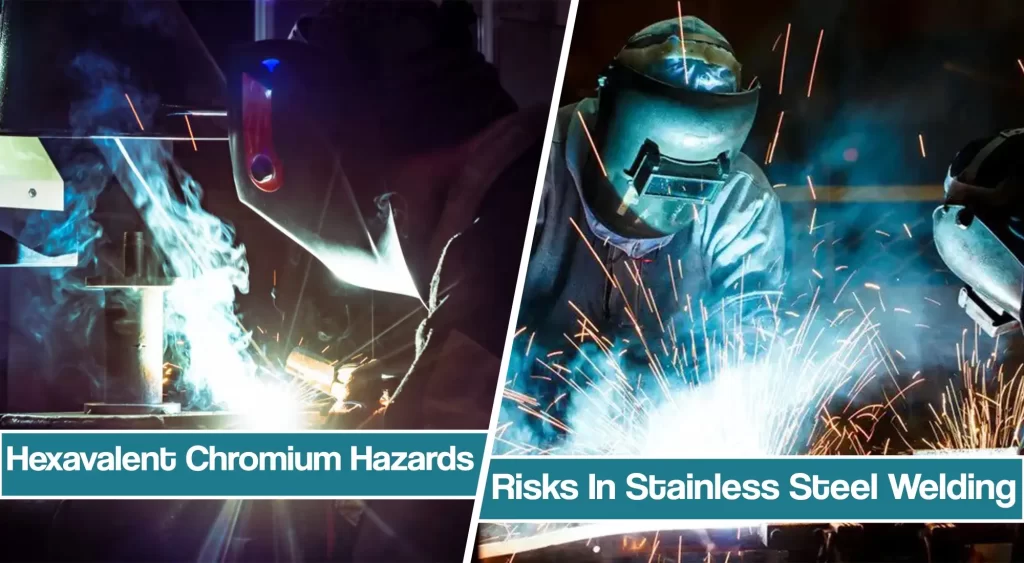
This article will address issues with hexavalent chromium in stainless steel welding. When the welding or cutting torch heat is used on these alloys, the base metal and/or the electrode coating convert to submicron-sized particles that become airborne as fumes, and those fumes can contain particles of chromium.
Some of that chromium can be chemically altered by the heat from the process, and, in the presence of oxygen, it can become hexavalent chromium, a recognized carcinogen.
Hexavalent Chromium in Stainless Steel Welding – Health issues
Hexavalent chromium is also referred to as Chrome Six, Cr6, and Cr(VI). Some industries use it in compounds to add anti-corrosion properties to their product. However, hexavalent chromium compounds do not occur naturally — they are artificial, and they are the only toxic form of chromium.
Hexavalent chromium causes lung cancer in humans. However, exposure to hexavalent chromium also irritates the skin, and prolonged skin contact can result in dermatitis and skin ulcers.
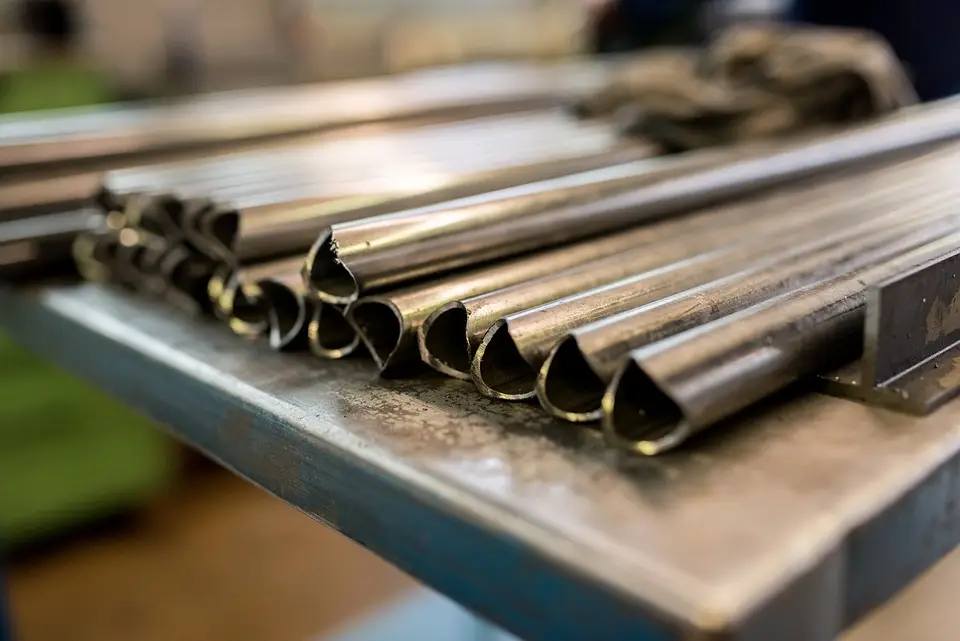
Breathing it also damages the nose, throat, and lungs. Additionally, some workers can develop an allergic sensitization to chromium.
Like many other substances that are identified by government health agencies as “toxic,” the exact amount of hexavalent chromium that will injure a worker is not known. In addition, sensitivity levels and how this toxic compound can affect the health of an individual worker are different.
Government Standards And Hexavalent Chromium Permissible Exposure Limit (PEL)
OSHA updated standards regarding exposure to hexavalent chromium in the workplace in 2006 and those standards were put into effect in stages, according to shop size. As a result, the standards became universally applicable to all industries and shops, including those involved in stainless steel welding and hot cutting.
The current PEL for hexavalent chromium is 5 µg/m3 for a single employee over an 8-hr shift. This PEL of 5 µg/m3 was reduced from the previous standard of 52 µg/m3.
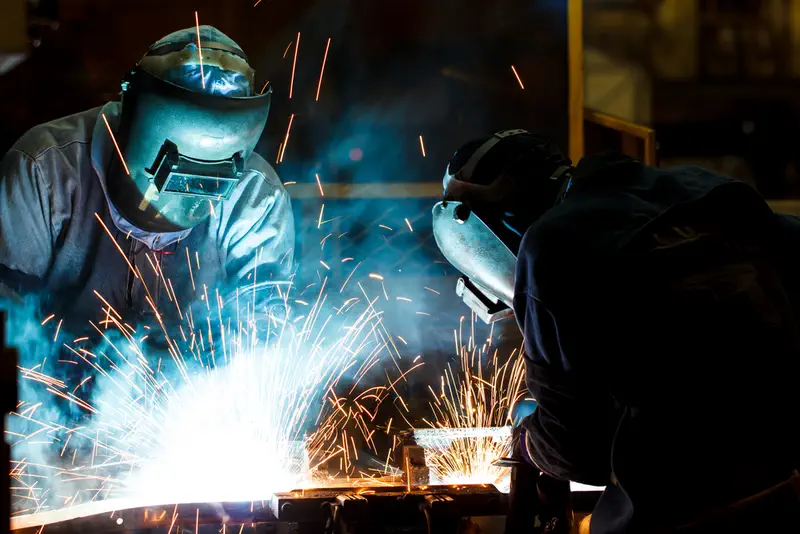
The new standard indicates that most workers will have a reduced opportunity to develop long-term illnesses. The second exposure limit is called the Action Level (AL), which is currently at 2.5 µg/m3. This is the concentration of airborne Cr(VI) present in a work environment and calculated as an 8-hour time-weighted average (TWA).
How Can Workers Get Exposed To Hexavalent Chromium
If your company does stainless steel welding that might be producing hexavalent chromium, workers can be exposed through various sources. Most commonly, these are:
- Inhalation: When exposed to processes producing specks of dust, fumes, or mists containing Chromium VI, they can inhale it through your nose and mouth.
- Absorption: If a medium containing hexavalent chromium comes in contact with a worker’s skin or eyes, it can be absorbed into the body.
- Ingestion: If a worker fails to use proper personal hygiene techniques when working with Cr(VI), exposed food, tobacco, and/or cosmetics can become contaminated and be ingested.
Dealing with Welding fumes
Most weld shops have work areas surrounded by a curtain or wall to protect others in the area from the glare of the welding spark. Areas in which hexavalent chromium fumes may be generated should be clearly marked with boundary lines, to warn other employees that they may be entering a hazardous zone. Floor fans often are set up to move fumes in shops, but metal particles can remain airborne, and fumes circulated by floor fans could be moved to surrounding work areas.
Fume Extraction Systems
Many shops are turning to fume extraction systems to eliminate the danger of these fumes and to protect their workers’ health. Such a system could include a central air movement/filtration unit that has ducts that run to each welder. Those systems are typically designed for large welding shops.
Shops also use portable units that are designed for a single welding station.
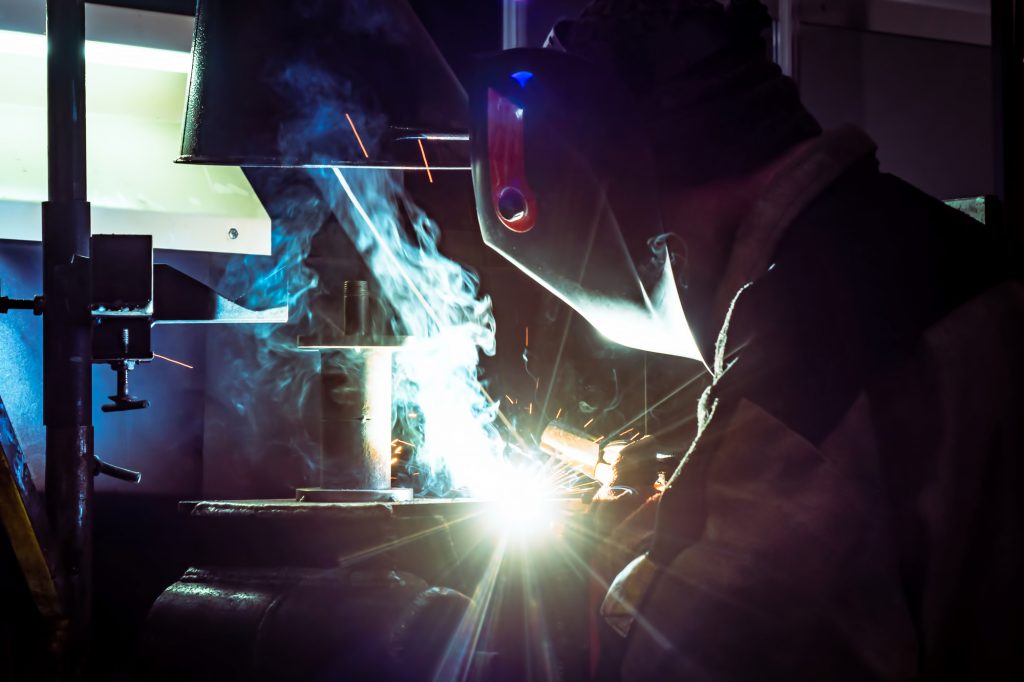
Alternatives include booth-type systems that remove fumes generated by welding robots. Air filtered and exhausted from such fume extraction systems is usually safe enough to re-circulate with the shop’s atmosphere.
For workers with higher sensitivity to inhaled irritants, personal respirators fitted to weld helmets may be required. These respirators include individual blowers and filter packs that ride on the back of the worker’s belt. Ordinary paper mask filters are not sufficient protection against hexavalent chromium. Personal respirators should be checked to ensure they are sized to provide sufficient air to the worker.
All fume control systems should be inspected regularly and maintained to ensure they are performing correctly. Employees also should receive the appropriate training in the use of fume removal systems.
Employee Requirements And Recommendations
While employers must implement safety regulations and ways to reduce exposure to hexavalent chromium in stainless steel welding, employees should also protect themselves. Most commonly, workers that are in potential risk of exposure should:
- Use provided extraction equipment and other control measures according to safety regulations
- Wear provided welding protective equipment every time they are dealing with potential hazards
- Make use of equipped washing facilities and request management make changes if they aren’t adequate
- Report to their supervisors if there are any notable defects in protective equipment, enclosures, or other relevant safety control measures
- Avoid eating or drinking in work areas to prevent the risk of ingestion
- Wear a respirator, ensuring it fits, works well, has a regularly changed filter, and is stored in a cool, dry place (ideally a locker)
Other Ways To reduce Hex Chrome Exposure
Another consideration to reduce exposures to hexavalent chromium is to schedule operations with the highest potential exposure at a time when the fewest employees are in the shop.
Areas in which hexavalent chromium has been produced should be cleaned with a HEPA filter-equipped vacuum or by wet sweeping or scrubbing.
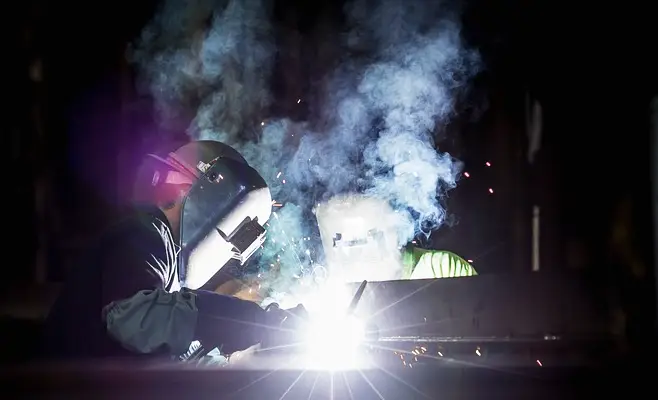
Hexavalent chromium contaminated waste must be disposed of properly in sealed plastic bags or other impermeable containers. Employers are responsible for providing a safe and healthy environment for their employees.




